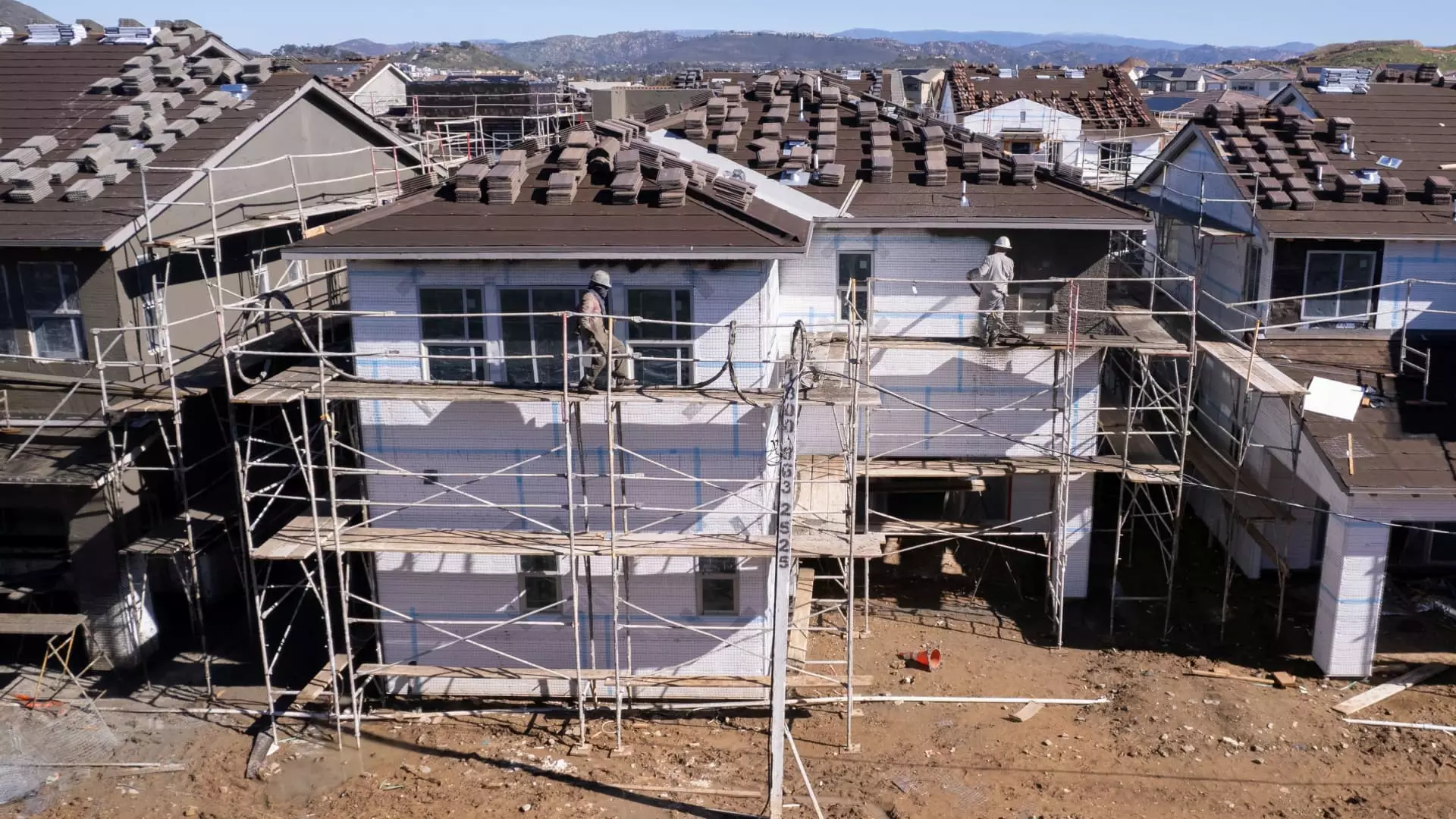Over the past decade, the shareholder returns of leading homebuilders such as D.R. Horton and Lennar have outperformed the broader S&P 500 index. Despite facing recent downgrades in their investment outlook, there is still optimism among some investors regarding the industry’s potential for growth and performance. This trend suggests that there may be underlying strengths in the market positions of these top homebuilders.
Industry observers point out that the market positions of major homebuilders have strengthened since the 2007-2008 financial crisis. Stimulus packages provided a significant liquidity boost to these companies in the early 2010s, enabling them to utilize resources strategically. This period of growth and stability has had lasting impacts on the industry, setting the stage for current challenges and opportunities.
Research indicates that lower levels of competition among homebuilders may be contributing to the housing shortage in the United States. Estimates suggest that the country needs to build millions of new homes to address the recent surge in housing prices. Factors such as the permit approval process and restrictive zoning laws play significant roles in slowing down residential projects in certain areas. Regions with more open land and less regulatory constraints are experiencing higher levels of home sales, indicating a correlation between market dynamics and housing supply.
Recent policy debates surrounding zoning reform and residential construction have drawn attention from key political figures. Vice President Kamala Harris has advocated for relaxing restrictive zoning laws to facilitate new construction projects and address housing shortages. Her proposal includes subsidies for builders contributing to the construction of 3 million new homes by the end of the next presidential term. In contrast, former President Donald Trump has criticized efforts to introduce denser housing forms in suburban areas, citing concerns about inflation and financing challenges for young homebuyers.
As the homebuilding industry navigates through changing market dynamics and evolving policy landscapes, there are both challenges and opportunities on the horizon. Factors such as mortgage rates, inflation, and regulatory environments will continue to impact the industry’s growth trajectory. Adapting to these challenges and leveraging emerging opportunities will be critical for homebuilders to sustain their market positions and drive long-term success.
The homebuilding industry faces a complex landscape of economic, regulatory, and demographic factors that shape its performance and prospects. By closely monitoring market trends, understanding industry dynamics, and responding to evolving policy frameworks, homebuilders can position themselves for sustainable growth and resilience in the face of uncertainties.

